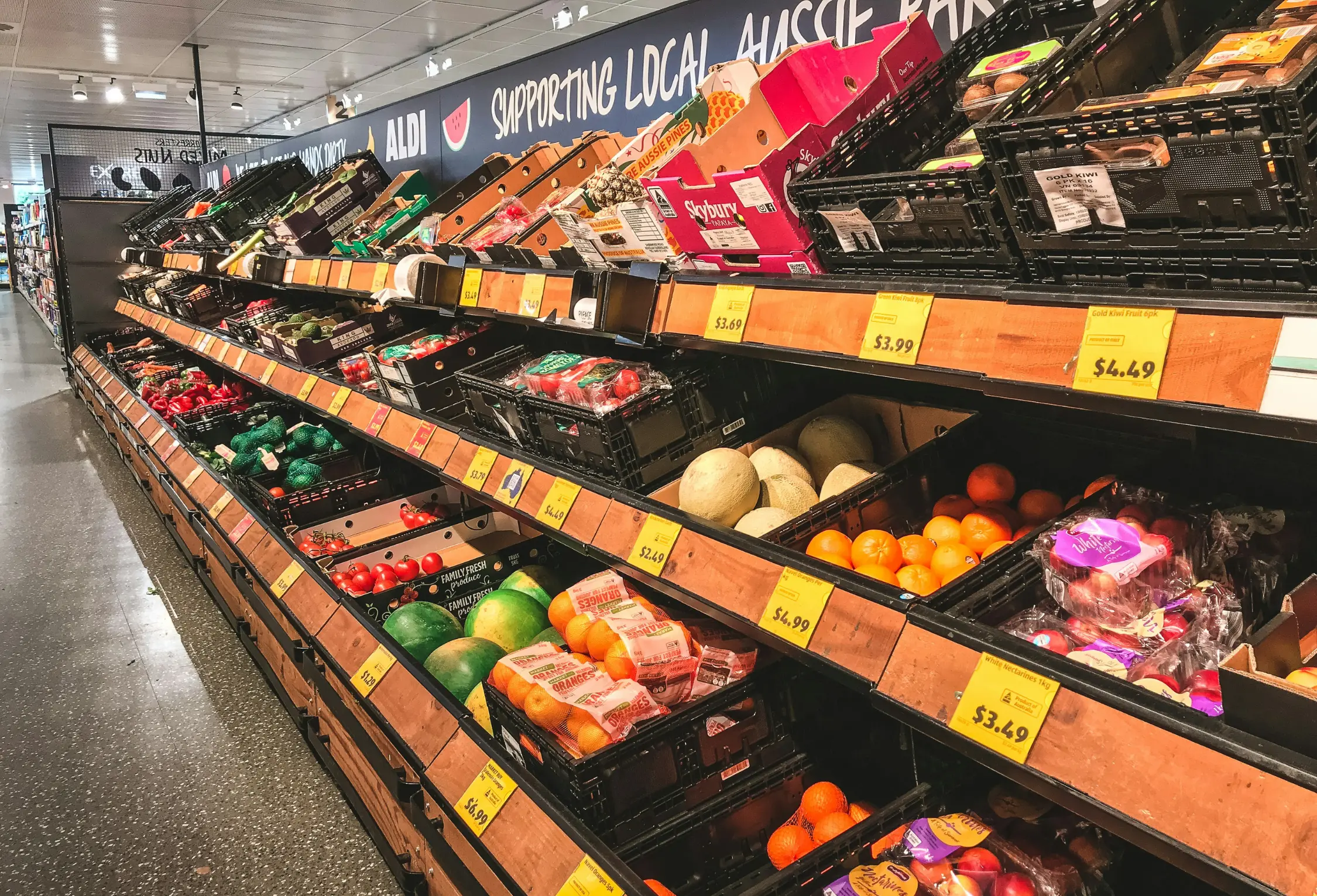Self-checkout technology is becoming an increasingly attractive solution, as retailers struggle with a tight labor market and rising costs.
A study conducted by Retail Dive on the use of self-checkout lanes in major retailers like Walmart and Target has surged by over 10% in the last five years, carried by a combination of affordable measures and changing consumer preferences.
The Retail Dive
To get a pulse on how these systems are faring with customers, Retail Dive teamed up with the market research experts at Ipsos.
Together, they surveyed over 2,000 shoppers from coast to coast to gauge their thoughts and experiences with the self-service checkout lanes popping up in more and more stores.
Cost Savings and Operational Efficiency with Self-Checkout
Let’s be real – the biggest draw for stores to go all-in on self-checkout is the money they can save.
These automated lanes can slash labor costs by a whopping 25% since you don’t need nearly as many employees manning the registers.
But it’s not just about pinching pennies.
It is also a win for shoppers sick of waiting in endless lines.
The data shows these DIY lanes help keep things moving, reducing wait times and bottlenecks so customers can get in, grab their stuff, and get out faster. Talk about a smoother shopping experience!
Self-Checkout Changing Consumer Preferences
The study revealed a notable shift in consumer preferences, with many shoppers embracing self-checkout as a convenient and time-saving option.
Over 60% of respondents preferred self-checkout lanes, citing shorter wait times and greater control over the checkout process as key advantages.
With the retail industry evolving, this technology is poised to become a strategic imperative for businesses seeking to remain competitive and responsive to changing consumer needs.
Retailers who fail to adopt this trend risk falling behind their peers and losing their market share.



